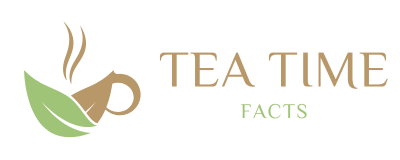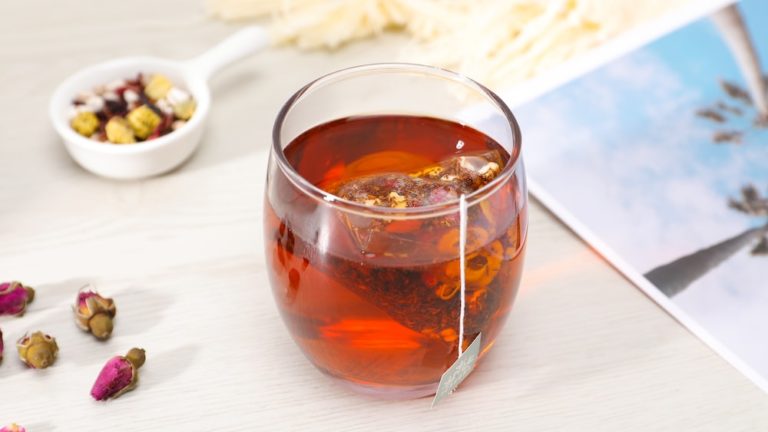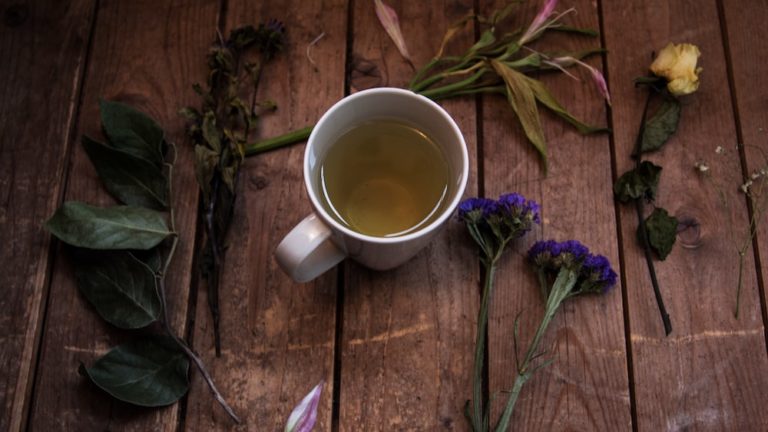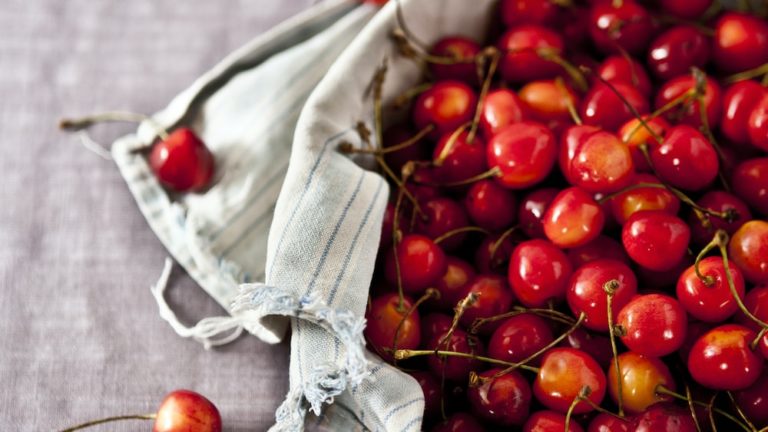Premium Loose Leaf Oolong Tea Leaves For Discerning Palates
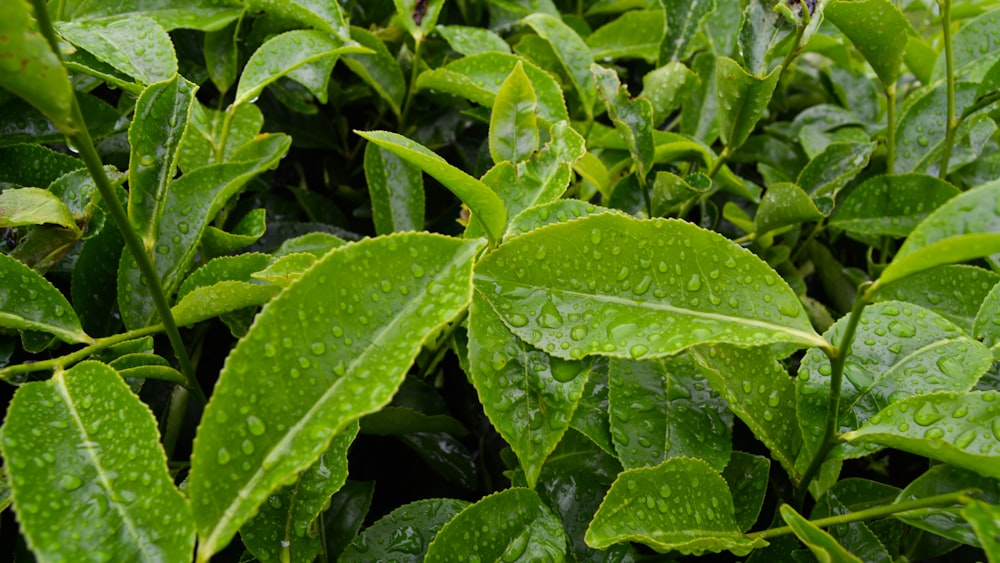
Premium Loose Leaf Oolong Tea Leaves For Discerning Palates
Ah, oolong tea leaves, the sophisticated cousin in the tea family that only discerning palates can truly appreciate. Here at our cozy corner of the internet, we’re about to embark on a delightful journey through the world of premium loose-leaf oolong tea. A journey that’s less about getting from point A to point B and more about savoring every sip along the way. So, grab your favorite teacup, make yourself comfortable, and let’s dive into the art, culture, and science of oolong tea together.
Key Points:
- Oolong tea is a semi-oxidized tea, offering a balance between green and black teas.
- The processing of oolong tea involves withering, bruising, and partial oxidation to create diverse flavors.
- Oolong tea has a rich history rooted in legend and tradition, evolving into a globally appreciated beverage.
- Varieties of oolong tea include Chinese teas with bold flavors and Taiwanese teas with lighter, floral notes.
- Health benefits of oolong tea include heart health support, weight management, brain function enhancement, and bone strength.
- Brewing the perfect cup of oolong tea requires attention to water temperature, steeping time, and leaf quantity.
Now, I must warn you, diving into the world of oolong tea is akin to falling down a rabbit hole – you never quite know where you’ll end up, but the journey is always fascinating. Whether you’re here because you’re health-conscious and curious about the numerous benefits of oolong tea or you’re an enthusiast eager to deepen your understanding and appreciation for this time-honored beverage, you’re in for a treat.
As we saunter through the varied landscapes that oolong tea has to offer, from its rich history and intricate processing methods to its vast varieties and health benefits, let’s not forget to laugh at ourselves a little. After all, we’re adults spending our time deeply contemplating leaves. But hey, in the grand scheme of things, there are certainly worse hobbies to have, right? Onward, to the wonderful world of oolong!
The Essence of Oolong Tea
Stepping into the realm of oolong tea is like entering a hidden garden – mysterious, enchanting, and brimming with complex aromas and flavors that dance around your palate in a harmonious ballet. This tea, with its unique character and depth, has captivated the hearts of tea lovers around the globe, offering a spectrum of experiences that range from light and floral to dark and robust.
What is Oolong Tea?
Oolong tea, a name that rolls off your tongue as smoothly as the tea itself flows into your cup, is a true masterpiece of the tea world. But what exactly is it? At its core, oolong tea is a semi-oxidized tea, striking a balance between green tea and black tea. This oxidation process, which can vary greatly in duration and technique, gifts oolong tea its rich palette of flavors and aromas that captivate and intrigue.
The magic of oolong tea lies in its versatility. Produced primarily in China and Taiwan, each variety tells the story of its origin through its distinct taste and aroma. From light and floral to deep and nutty, the flavor profile of oolong tea can vary as widely as the regions from which it hails, making each cup a new adventure.
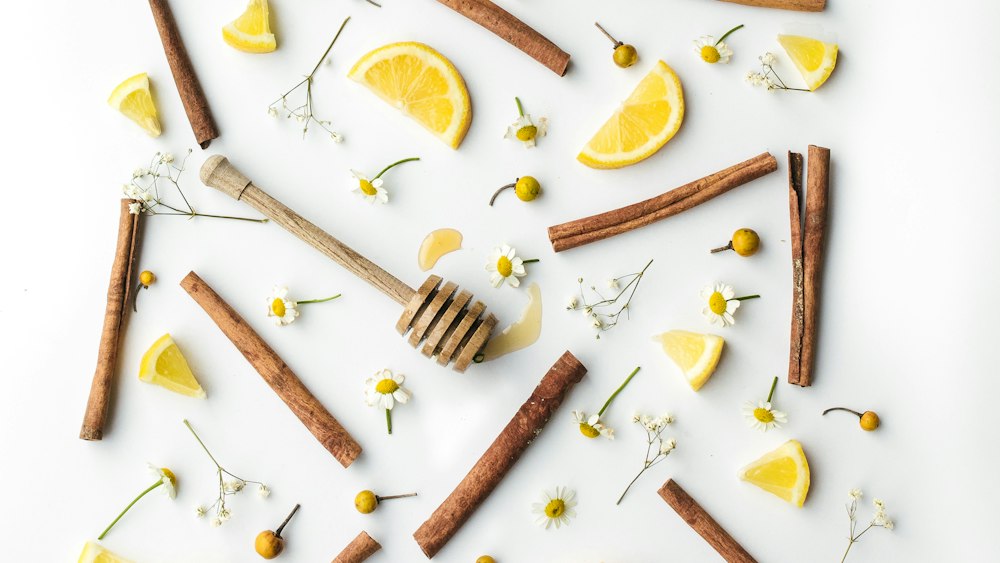
Oolong tea is a versatile and captivating semi-oxidized tea with a rich palette of flavors that vary based on its origin, offering a unique and adventurous experience with every cup.
The Unique Processing of Oolong Tea Leaves
The process of making oolong tea is nothing short of an art form, requiring precision and skill that has been perfected over generations. This intricate dance begins with the withering of the tea leaves under the strong sun, softening them up for the next stage: bruising. It’s here that the leaves are lightly tossed, shaken, or rolled to create minute breaks in the cell structure, leading to partial oxidation. Imagine the leaves quivering in anticipation, not unlike an actor before the stage, ready to transform into something sublime.
This partial oxidation, which is the heart of oolong tea production, gives the leaves their unique color and complex flavor profiles. Depending on the desired outcome, the leaves can undergo anywhere from 8% to 85% oxidation, making oolong one of the most diverse categories of tea. After achieving the perfect state of oxidation, the leaves are fired to halt the process, locking in the incredible flavors and aromas that define each batch’s unique character.
The final steps of the process, including rolling and drying, further shape the tea’s appearance and texture, contributing to the wide array of shapes and styles found within the oolong category. Each step, from sun to cup, is meticulously calibrated to produce a tea that is as complex as it is delightful, truly a testament to the craftsmanship and tradition of tea makers.
The Rich History of Oolong Tea
Plunge into the tapestry of tales that surrounds the origins of oolong tea, and you’ll find yourself transported to ancient dynasties and mist-covered mountains, where the legacy of this bewitching brew began. The rich history of oolong tea is steeped in legend and tradition, offering a glimpse into the cultural significance of tea in Chinese and Taiwanese society.
Origins and Legends
The origins of oolong tea are shrouded in mystery and lore, with several legends vying for the title of the true genesis story. One popular tale whispers of a tea farmer named Wu Liang (sometimes Wu Long or Oolong), who, after a long day of hard work, became distracted by a deer. This accidental delay led to the partial oxidation of the tea leaves he had harvested. Upon brewing these uniquely processed leaves, Wu Liang discovered a flavor so enchanting and complex, it was unlike anything he had ever tasted before. Thus, by a happy accident, oolong tea was born.
Evolution and Popularity Across the Globe
From its humble and enchanted beginnings, oolong tea has evolved and flourished across the globe, carving out a niche among tea enthusiasts and casual drinkers alike. As trade routes expanded and cultures intermingled, the unique appeal of oolong tea captured the hearts and palates of people far and wide. Its journey from the misty mountains of China and Taiwan to the posh tea rooms of the West demonstrates not just the versatility of oolong tea, but also the universal human love for a good, heartwarming cuppa.
This global trek has seen oolong tea adapted and embraced in various forms, from traditional brews savored in quiet contemplation to modern twists that cater to the fast-paced lifestyles of today. The art of oolong tea production, while still deeply rooted in tradition, has also seen innovations that cater to a diverse array of tastes and preferences, reflecting the dynamic nature of oolong tea’s global journey.
Oolong tea’s global journey reflects its universal appeal and adaptability to cater to diverse tastes and preferences.
Varieties of Oolong Tea
As we dive into the ocean of varieties that oolong tea offers, it becomes evident that this tea category is a vibrant kaleidoscope of flavors, aromas, and styles. From the light and ethereal to the dark and complex, oolong teas offer an array of experiences that can satisfy any palate.
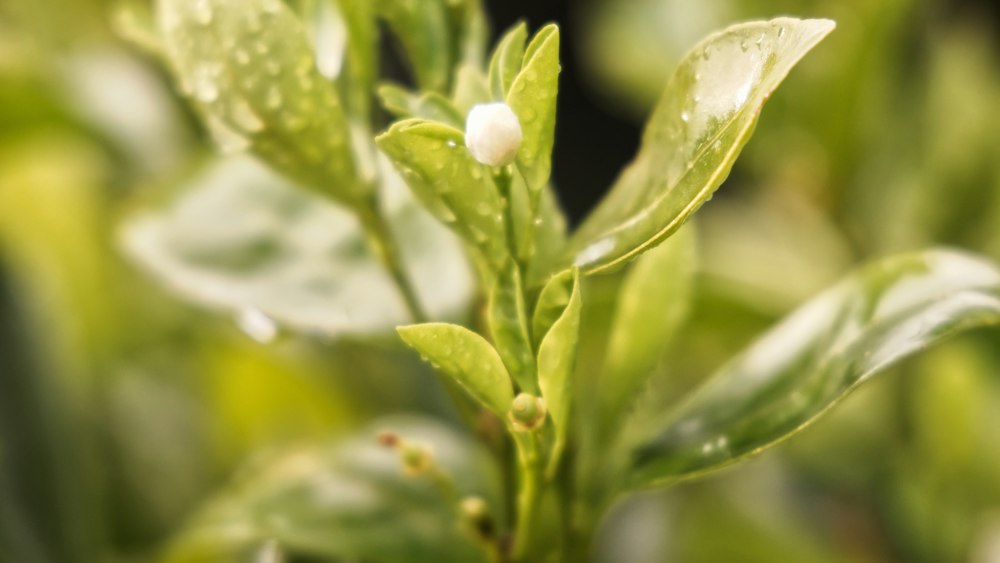
Chinese Oolong Teas
Chinese oolong teas stand as a pillar of the oolong world, boasting a history as rich and complex as the teas themselves. These teas are largely cultivated in the Fujian province, a region renowned for its ideal tea-growing conditions – misty mountains, rich soils, and a climate that seems to whisper secrets of ancient tea mastery to the camellia sinensis plants.
Among the most revered Chinese oolongs is the Big Red Robe (Da Hong Pao), a tea so esteemed it was once reserved as a tribute tea for the Emperor himself. With its bold, robust flavor, and legendary history, Big Red Robe offers a cup that is both a taste of luxury and a sip of history. Another notable mention is Tieguanyin from Anxi, a lighter, floral oolong that enchants the senses with its delicate balance of sweetness and aromatic complexity.
Taiwanese Oolong Teas
Taiwanese oolong teas, often referred to as Formosa oolongs (Formosa being the old Portuguese name for Taiwan), present a contrast and complement to their Chinese counterparts. These teas are characterized by their typically lighter oxidation levels and more floral, fruity notes, reflecting the island’s unique climate and terroir.
One cannot discuss Taiwanese oolongs without mentioning the famed Milk Oolong (Jin Xuan), known for its naturally creamy texture and buttery sweetness – a true delight for the senses. Additionally, the high mountain (Gao Shan) teas of Taiwan, grown at altitudes that touch the clouds, offer exquisite complexity and smoothness that are unmatched, making each cup a luxurious experience.
Taiwanese oolong teas offer a unique, floral, and fruity taste profile that sets them apart from Chinese oolongs, with standout varieties like Milk Oolong and high mountain teas providing luxurious and unmatched drinking experiences.
Health Benefits of Oolong Tea
Embarking on a journey through the world of oolong tea not only satisfies our taste buds but also bestows upon us a treasury of health benefits. This elegantly complex tea, with its unique blend of antioxidants, vitamins, and minerals, is a powerful ally in our quest for wellness.
Boosting Heart Health
Oolong tea has been linked with impressive benefits for heart health. Research suggests that regular consumption of oolong tea can contribute to a reduction in cholesterol levels and an improvement in arterial function, both of which play a crucial role in maintaining a healthy heart. According to a study published in the Journal of the American College of Nutrition, individuals who drank two or more cups of oolong tea daily had a lower risk of developing coronary artery disease.
This heart-healthy beverage not only aids in controlling blood pressure but also offers antioxidant properties that help combat oxidative stress, a key factor in heart disease. By including oolong tea in your daily routine, you’re not just enjoying a delicious cuppa but also doing your heart a favor.
Aiding Weight Loss and Diabetes Management
For those on a wellness journey, oolong tea may also offer support in weight loss and diabetes management. Its unique polyphenols can boost metabolism and fat oxidation, aiding in the reduction of body weight and fat accumulation. Furthermore, oolong tea has been shown to moderate blood sugar levels and improve insulin sensitivity, making it a valuable addition to a diabetes management plan.
A study in the Chinese Journal of Integrative Medicine found that participants who consumed oolong tea over a sustained period experienced significant decreases in body weight, body mass index (BMI), and body fat percentage. These findings highlight the potential of oolong tea as a natural and enjoyable way to support weight management and metabolic health.
Enhancing Brain Function and Bone Strength
There’s a good chance you’ve heard someone say, “A cup of oolong tea could really brighten up my day!” It turns out; they’re not just blowing steam. Research suggests that oolong tea might just be the elixir of mental agility and robust bones many of us are searching for. Enhanced brain function and bone strength are not benefits to sip lightly on; indeed, they merit a brew-haha of excitement. [1] [2]
For starters, a study published in the Journal of Nutrition, Health and Aging highlighted the tea’s potential to sharpen the mind. It appears that the compounds found in oolong tea, such as theanine and caffeine, have a synergistic effect, enhancing cognitive functions and potentially decreasing the risk of neurodegenerative diseases. Imagine your neurons dancing a graceful ballet instead of trudging through mud – that’s the oolong effect on your brain.
When it comes to bone health, oolong tea is like a gym workout for your skeletal system. The antioxidants and minerals present in the tea support stronger bones and may reduce the risk of osteoporosis. According to research published in the Archives of Osteoporosis, habitual consumption of oolong tea is associated with higher bone mineral density. So, in a world where milk gets all the glory for calcium content, oolong tea quietly flexes its muscles, proving it’s a strong contender in the bone fortification arena. [3]
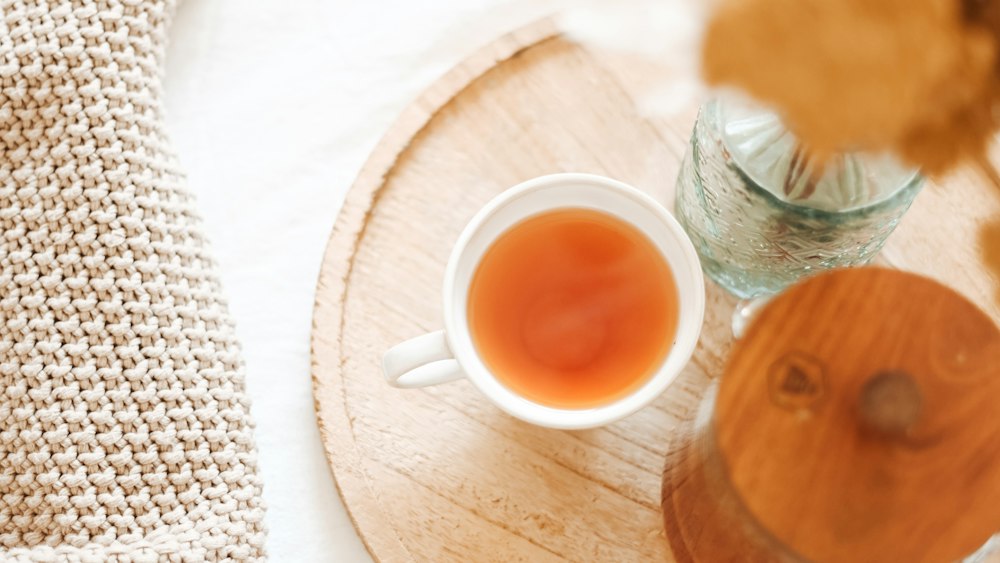
Oolong tea offers potential benefits for enhancing brain function and bone strength, making it a noteworthy elixir for overall well-being.
Brewing the Perfect Cup of Oolong Tea
Brewing the perfect cup of oolong tea is akin to a sacred ritual for those who appreciate the finer nuances of this exquisite beverage. Crafting that flawless cup is about balancing temperature, timing, and tea leaf quantity to unveil the intricate flavors and aromas lying in wait.
Selecting Your Oolong Tea Leaves
First steps first – picking your warrior in the realm of leaves. Not all oolong tea leaves are created equal; their origin, variety, and processing drastically influence the final symphony of taste in your cup.
Consider the provenance; Chinese and Taiwanese oolongs offer a diverse flavor spectrum, reflecting the unique terrains they hail from. Then there’s the oxidation and roll; from lightly sun-kissed to deeply oxidized, each oolong type narrates a different tale. Remember, top-quality leaves often boast a more complex flavor profile and offer a higher number of steepings.
Tips and Techniques for Brewing
When it comes to brewing, think of yourself as a maestro conducting an orchestra. Water temperature and steeping time are your instruments, and mastering them is key to unlocking the soul of your oolong.
- Water Temperature: This can vary depending on the oolong type; lighter teas lean towards cooler waters (around 185°F), while darker oolongs can handle the heat (up to 205°F).
- Steeping Time: Start with a quick rinse of the leaves with hot water to wake them up, then steep for about 1-5 minutes depending on your preference for strength. Remember, good oolong tea leaves are perfect for multiple steepings, with each infusion revealing a new layer of depth.
- Leaf Quantity: For a standard 8oz cup, a teaspoon of tea is commonly recommended. However, feel free to adjust based on how robust you like your brew.
Caffeine Content and Safety Considerations
Navigating the invigorating world of oolong tea requires a nod toward its caffeine content and understanding how to enjoy it responsibly. While oolong provides a rich tapestry of flavors and health benefits, its caffeine component invites a measure of mindfulness.
Understanding Caffeine Levels in Oolong Tea
The caffeine content in oolong tea can be quite the chameleon, showing a range of colors based on factors such as the type of oolong, its processing method, and brewing technique. Generally speaking, oolong tea straddles the middle ground between green and black teas, with caffeine levels averaging from 30 to 50 mg per 8oz cup.
This variance is crucial for those sensitive to caffeine and aiming for a balanced intake. It illustrates that not all oolongs will give you the same buzz, allowing you to tailor your tea selection to your tolerance level.
Potential Side Effects and How to Avoid Them
While oolong tea is a treasure trove of benefits, embarking on its journey without a map could lead you down rocky paths. Excessive consumption may invite insomnia or increase anxiety, particularly for those with a lower caffeine threshold.
- Moderation is Key: Limiting intake to 2-3 cups per day can keep you within the safe harbor of health benefits without tipping into caffeine overexposure.
- Time of Day Matters: Enjoying oolong tea earlier can ensure that caffeine doesn’t play havoc with your sleep routine.
- Listen to Your Body: It’s the best barometer to gauge if you’re oversteeping your relationship with caffeine.
Moderation and mindfulness in consuming oolong tea is crucial to reap its health benefits without experiencing negative effects like insomnia and anxiety.
FAQs
1. How does oolong tea differ from green and black teas?
Oolong tea differs from green and black teas in its oxidation level. While green tea is not oxidized and black tea is fully oxidized, oolong tea enjoys a middle stage, partially oxidized, offering a unique taste and color spectrum.
2. Can oolong tea be consumed daily?
Yes, oolong tea can be consumed daily. It’s a delightful way to enjoy numerous health benefits, provided it’s consumed in moderation to manage caffeine intake.
3. How should loose leaf oolong tea be stored?
Loose leaf oolong tea should be stored in a cool, dry place, away from direct sunlight, and in an airtight container to preserve its freshness and flavor.
4. Can oolong tea help in skin health?
Yes, oolong tea can help in skin health. Its antioxidants may reduce inflammation and protect skin cells from damage that leads to signs of aging.
Conclusion
Journeying through the world of oolong tea is akin to embarking on a grand adventure, one where every sip unfolds layers of history, culture, and meticulously honed craftsmanship. From enhancing brain function and bone strength to understanding the nuances of caffeine content, this exploration invites both connoisseurs and novices to appreciate the extraordinary depth and diversity of oolong teas.
Reflecting on the notes of this article, it’s clear that whether you’re in pursuit of health benefits, seeking to refine your brewing technique, or simply endeavoring to elevate your tea-drinking experience, oolong tea leaves offer a universe of possibilities to explore. So, as we bid adieu to the mysteries and marvels of oolong, may your cup always brim with the finest blends and your days be enriched with the warmth and wellness they bestow.
With a heart as full as a freshly brewed pot of your favorite oolong, goodbye, dear reader, and may the spirit of tea guide you to moments of tranquility and joy.
Zoe
References
1. Consideration of Oolong Tea Effect on Senior’s Cognitive …. Dec 12, 2023 … R. Chaisricharoen et al. [15] this study identified the effect of Oolong tea during book reading state through the eSense meter values, …
2. Consideration of Oolong Tea Effect on Senior’s Cognitive …. Dec 12, 2023 … R. Chaisricharoen et al. [15] this study identified the effect of Oolong tea during book reading state through the eSense meter values, …
3. Food and Beverages. Bone mineral density and dietary patterns in older adults: the Framingham Osteoporosis Study. … Tea drinking is associated with benefits on bone density in …
